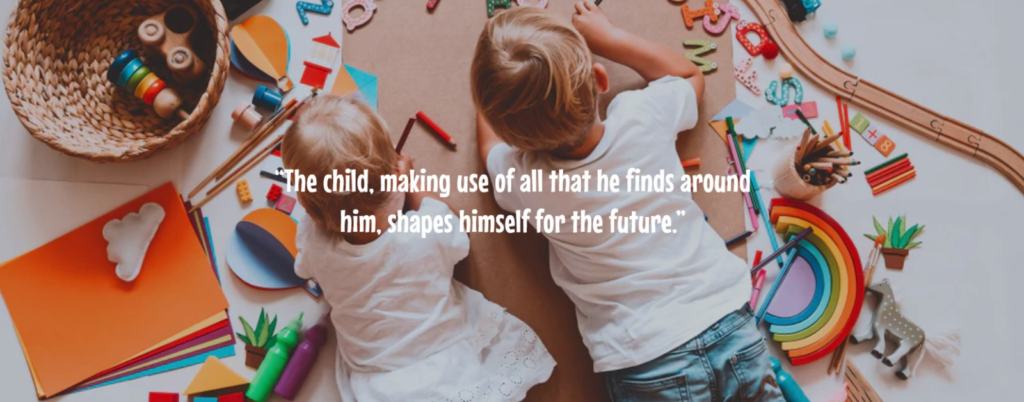
Montessori toys have gained popularity among parents and educators for their ability to foster independence, creativity, and problem-solving skills in young children. These toys are designed based on the Montessori method, an educational philosophy developed by Dr. Maria Montessori in the earlybuckle toys busy board 1900s. Unlike conventional toys that often include bright colors, lights, and sounds, Montessori toys emphasize simplicity, natural materials, and hands-on learning. This article explores the benefits of Montessori toys, different types available, and tips on choosing the best ones for your child.
Montessori toys offer a range of benefits for children, making them a valuable addition to any playroom. One of the most significant advantages is that they promote independent play. By providing children with opportunities to explore and manipulate objects on their own, these toys encourage problem-solving and decision-making skills. Unlike battery-operated toys that entertain passively, Montessori toys require children to engage actively, fostering cognitive and motor development.
Another key benefit is that Montessori toys support fine and gross motor skill development. Many of these toys are designed to enhance hand-eye coordination, grip strength, and dexterity. Activities such as stacking blocks, threading beads, or pouring water help children refine their motor skills while having fun. Additionally, these toys often incorporate real-life tasks, such as using a screwdriver or peeling vegetables, which develop practical life skills.
Montessori toys also nurture creativity and imagination. Since they are often open-ended, children can use them in multiple ways, allowing for imaginative play. Wooden blocks, for instance, can transform into buildings, bridges, or animals, depending on a child’s creativity. This kind of play encourages problem-solving and critical thinking, which are essential skills for lifelong learning.
One of the most notable aspects of Montessori toys is their emphasis on natural materials. Wooden, fabric, and metal toys are preferred over plastic because they provide a more authentic sensory experience. The texture, weight, and smell of natural materials help children develop their senses in a meaningful way. Moreover, such materials are often more durable and environmentally friendly, making them a sustainable choice for families.
Montessori toys come in various forms, each designed to enhance specific developmental skills. Below are some of the most common types and their benefits. Sensory play is a fundamental aspect of Montessori education. Toys such as textured balls, wooden rattles, and sandpaper letters help children explore different sensations and develop their tactile senses. Sensory bins filled with rice, beans, or sand allow for hands-on learning and improve fine motor skills.
These toys mimic real-life activities and help children develop independence. Examples include dressing frames, which allow children to practice buttoning and zipping, and toy kitchen sets where they can prepare pretend meals. Other practical life toys include small brooms, watering cans, and child-sized cooking utensils that encourage responsibility and coordination.
Building fine motor skills is crucial for early childhood development. Montessori toys such as stacking rings, pegboards, threading toys, and puzzles help strengthen finger muscles and improve hand-eye coordination. These activities prepare children for future skills like writing, cutting, and tying shoelaces.
Gross motor skill development is equally important, and Montessori toys cater to this need with climbing structures, balance boards, and push-and-pull toys. These activities help children strengthen their core muscles, improve balance, and develop spatial awareness.
When selecting Montessori toys for your child, it is essential to consider several factors to ensure they align with the Montessori philosophy and your child’s developmental stage. Here are some key aspects to keep in mind:
Montessori toys are designed to cater to different developmental stages. For infants, simple wooden rattles and grasping toys are ideal. Toddlers benefit from stacking toys, shape sorters, and practical life toys, while preschoolers enjoy more complex puzzles, counting toys, and pretend play sets. Selecting age-appropriate toys ensures that your child remains engaged and challenged at the right level.
As mentioned earlier, Montessori toys prioritize natural materials such as wood, cotton, metal, and glass. These materials provide a richer sensory experience and are often safer and more durable than plastic alternatives. They also encourage a deeper connection to nature and sustainability.
Montessori toys are known for their minimalist design. Avoid toys with flashing lights, electronic sounds, or excessive decorations. Simple, well-crafted toys allow children to focus on their play without unnecessary distractions. This enhances concentration and fosters meaningful learning experiences.
Look for toys that can be used in multiple ways. Open-ended toys like wooden blocks, stacking cups, and play silks allow children to use their imagination and creativity. These toys grow with your child, offering endless possibilities for play and learning.
Toys that mimic real-life activities help children develop practical skills and independence. Consider investing in child-sized kitchen tools, cleaning supplies, or gardening kits. These toys encourage children to take part in household activities, fostering a sense of responsibility and confidence.
Always check for safety features when selecting toys. Ensure that they are free from harmful chemicals, have smooth edges, and are appropriately sized to prevent choking hazards. Well-made Montessori toys are designed to last for years, making them a worthwhile investment.
Montessori toys play a vital role in a child’s development, offering numerous benefits such as fostering independence, enhancing motor skills, and encouraging creativity. With a focus on natural materials, simplicity, and real-life experiences, these toys align with the Montessori philosophy of hands-on, meaningful learning. By choosing age-appropriate, high-quality Montessori toys, parents can create an enriching play environment that supports their child’s growth and curiosity. Whether you are new to Montessori education or looking to expand your child’s toy collection, incorporating Montessori toys into playtime can provide lasting developmental advantages.